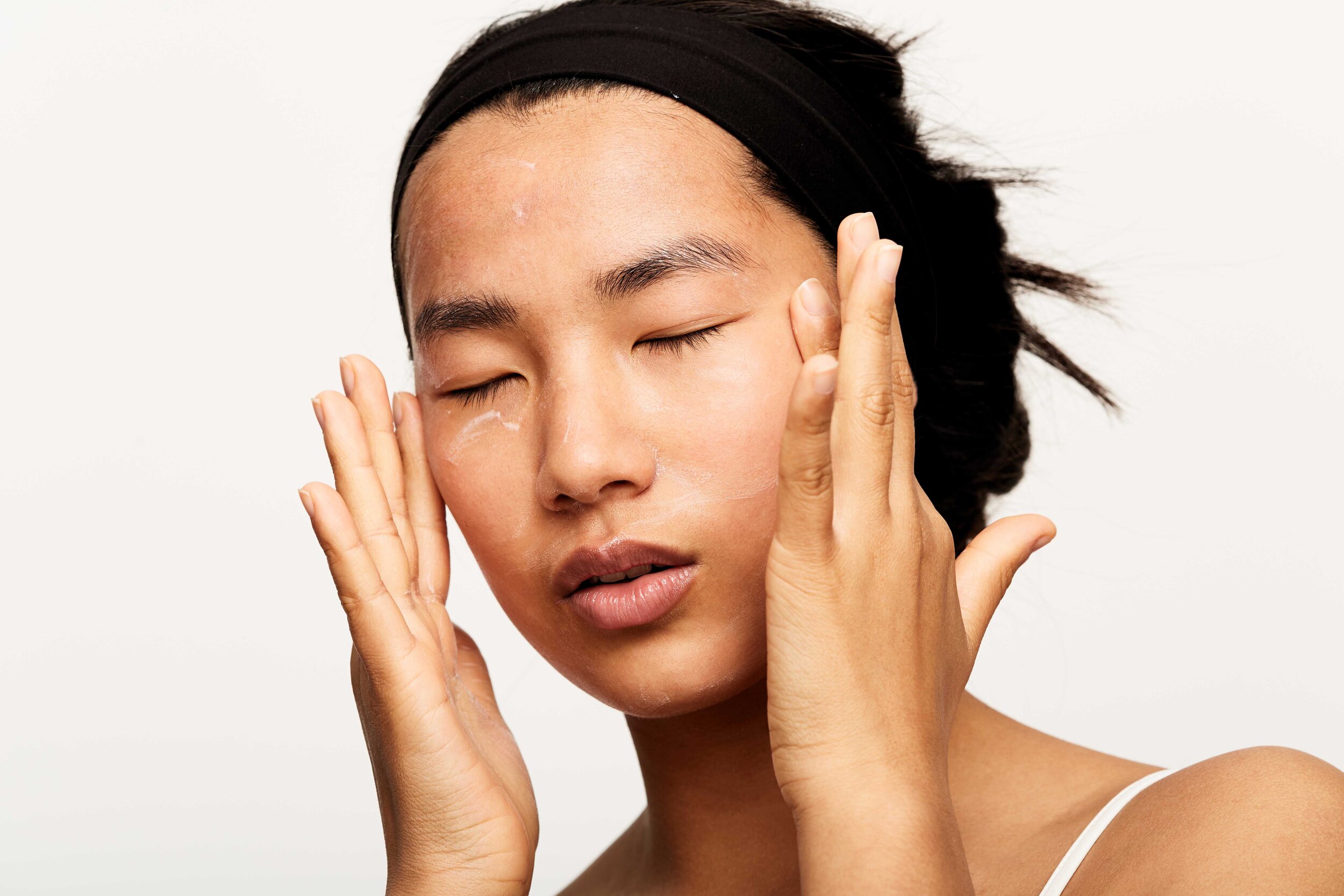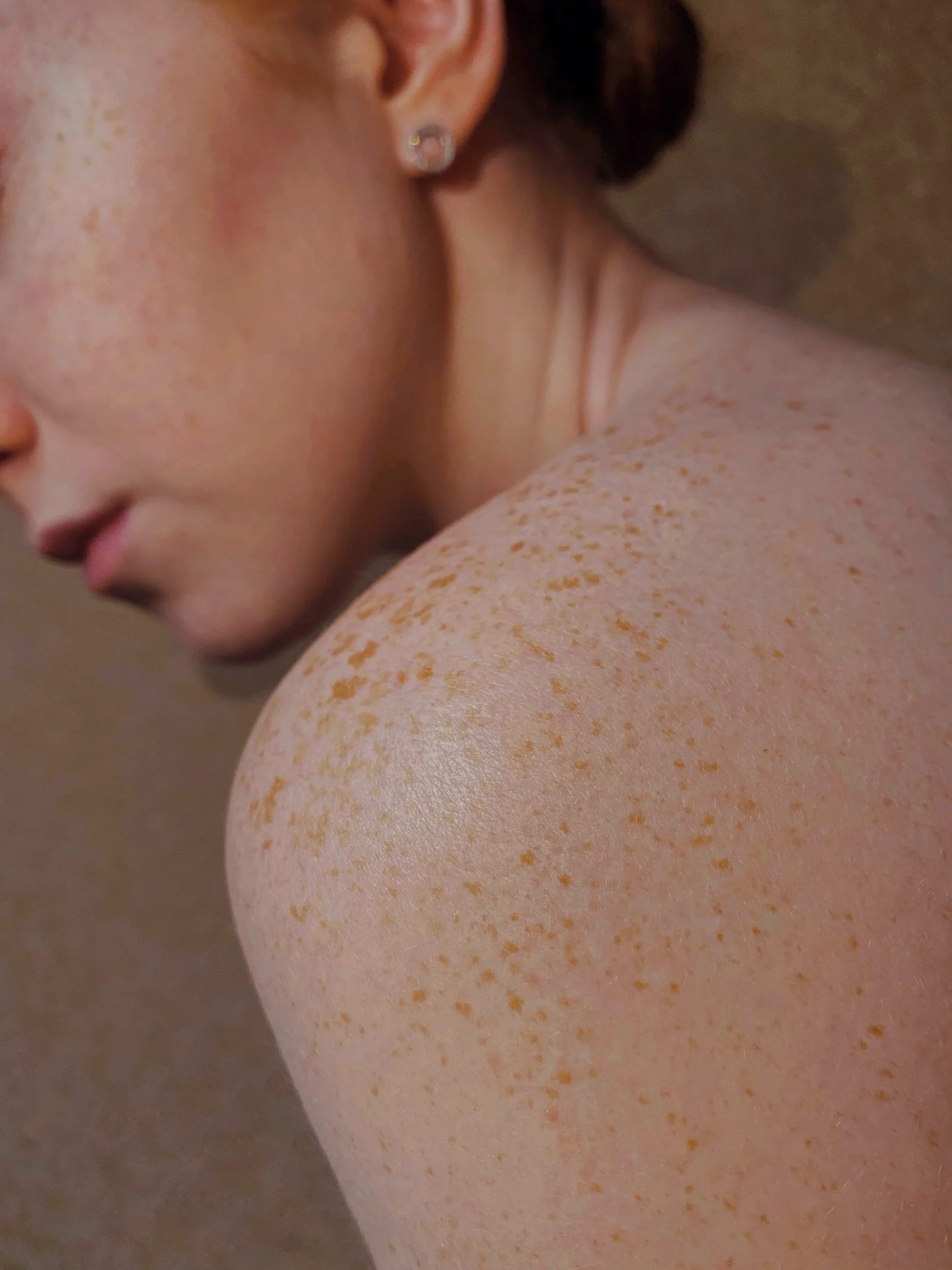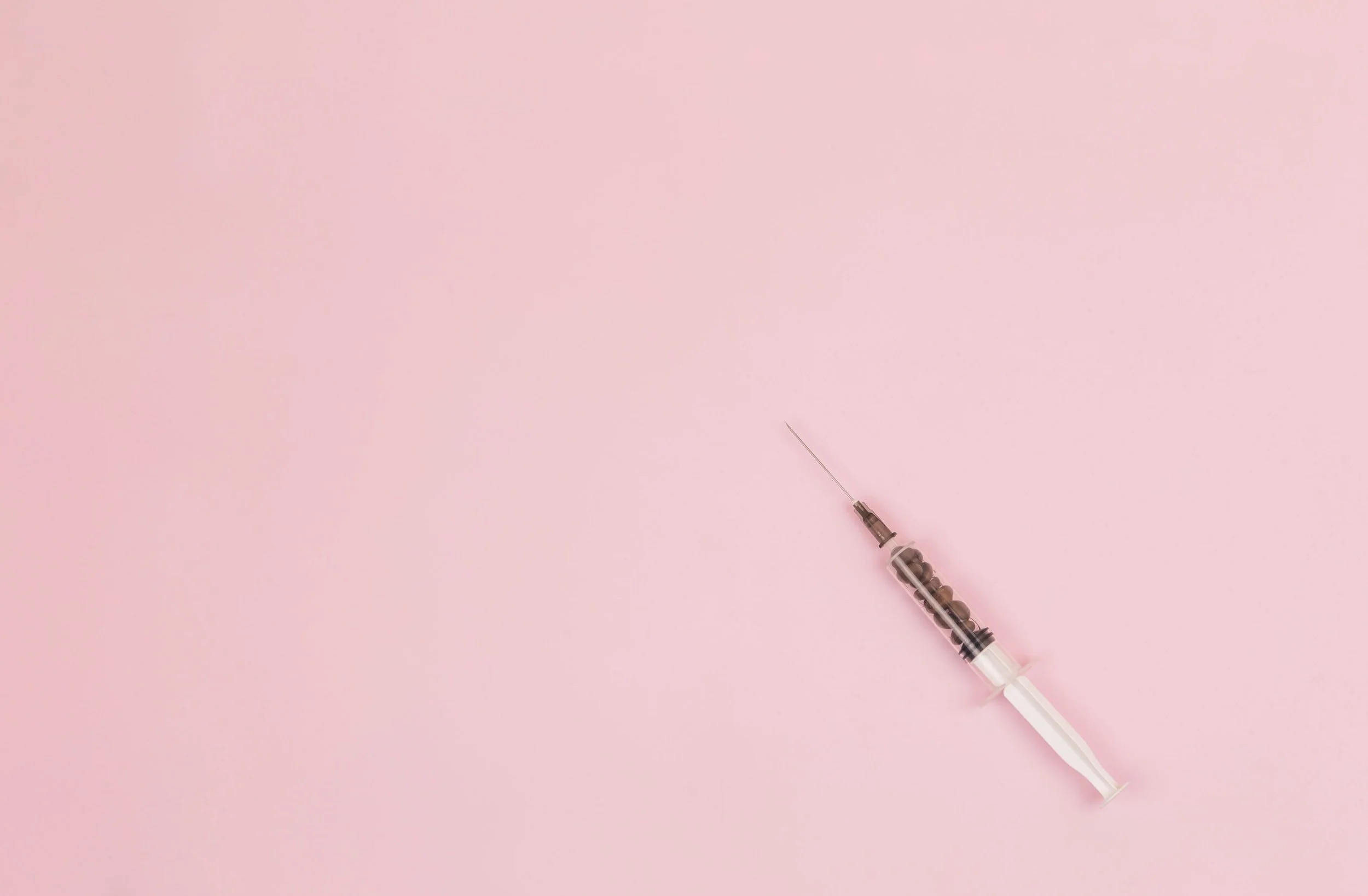
Our Services

More on the services above:
frequently asked questions
-
What is dry skin?
Dry skin is a widespread condition that may cause your skin to flake or develop rough patches. Typical signs and symptoms of dry skin include:
Itching
Rough, scaly, or flaky skin
Chapped or cracked lips
Cracked skin that may bleed
Most cases of dry skin are minor and heal on their own. However, severely dry skin that doesn’t dissipate may lead to more serious complications, such as infection, if left untreated. Your skin is your body’s first line of defense against invading germs, so cracks from dry skin may allow bacteria to enter.
-
What causes dry skin?
Dry skin has numerous possible causes, many of which are environmental. Some of the most common causes of dry skin include:
Weather: Dry skin is most prevalent in the winter months when temperatures and humidity levels drop.
Soaps and detergents: Many soaps are formulated to strip your skin of oil, leading to dryness.
Climate: Living in the desert or at high elevation can increase dry skin.
Heat: Central heating, wood stoves, and other heating elements reduce humidity levels and dry out your skin.
Hot water: Taking long, hot baths or showers can suck the moisture from your skin.
Swimming: Frequent swimming, especially in chlorinated pools, dry your skin.
Age: As you age, you become more susceptible to dry skin.
Disease: Dry skin may be a sign of certain diseases or disorders.
-
How does a dermatologist treat dry skin?
First, Dr. Allison performs a physical exam and reviews your medical history to determine what might be causing your dry skin. If she suspects your dry skin may be a sign of an underlying medical condition, such as hypothyroidism, Dr. Alison may request diagnostic tests.
Most cases of dry skin resolve on their own with some lifestyle changes. If your case is mild, Dr. Allison may recommend using moisturizer or avoiding specific environmental conditions that cause dry skin.
If a more severe skin disease causes your condition, such as dermatitis or psoriasis, Dr. Allison may prescribe a medicated cream or ointment.
If chronic dry skin is causing pain, severe itching, or just won’t go away, Dr. Allison can help you find relief. Call Allison Dermatology & Skin Cancer Center or book an appointment online today.
-
What is basal cell carcinoma and what does it look like?
Basal cell carcinoma is the most common form of skin cancer. According to the American Cancer Society, over 4 million cases of basal cell carcinoma are diagnosed in the United States every year.
This type of skin cancer almost never spreads beyond the original tumor, but that doesn’t mean it can’t. In rare cases, basal cell carcinoma can spread to other parts of your body and become life-threatening.
Basal cell carcinomas occur in the deepest layer of your epidermis and usually appear as one of the following:
Open sores
Red patches
Shiny bumps or scars
Pink growths
-
What is squamous cell carcinoma and what does it look like?
Squamous cell carcinoma is the second most common form of skin cancer, with over one million new cases diagnosed in the United States every year. This disease kills an estimated 8,800 Americans each year.
This type of skin cancer affects squamous cells in the upper layers of your epidermis and can occur anywhere on your body, including genitals and mucous membranes. It’s most likely to happen in areas exposed to the sun, such as:
The rim of the ear
Lower lip
Neck
Hands
Balding scalp
Arms and legs
Squamous cell carcinomas can be disfiguring and possibly life-threatening. These tumors often appear as:
Open sores
Red, scaly patches
Warts
Raised growths with a dip in the middle
-
What is melanoma and what does it look like?
Melanoma is the most dangerous form of skin cancer that causes abnormal skin cells to multiply rapidly and create malignant tumors. Although it’s not the most common type of skin cancer, melanoma causes the most deaths. However, it’s curable if it’s detected and treated early on.
This type of skin cancer often looks like a mole. Some melanomas even start out as moles. Most melanoma tumors are black or brown, but they can have other colors, including:
Flesh-colored
Pink
Purple
Red
Blue
White
-
What should I do if I suspect I have skin cancer?
Dr. Allison is an established skin cancer specialist with extensive experience diagnosing and treating all types of skin cancers. Most of Dr. Allison’s patients see her for skin cancer diagnosis and treatment.
She knows that early diagnosis is critical to overcoming skin cancer. If you think you may have skin cancer, or are due for a preventive skin cancer screening, call Allison Dermatology & Skin Cancer Center or book an appointment online today.
-
What are age spots and what do they look like?
Age spots are small, dark spots that appear on your skin. These spots are typically brown, black, or tan and commonly appear on body parts that receive a lot of sun exposure, including:
Face
Hands
Arms
Shoulders
Upper back
Although age spots can look like cancerous growths, they’re harmless. Many people choose to have age spots treated to improve their appearance.
-
What causes age spots?
Although men, women, and children of all ages can develop age spots, they’re most common in adults over age 50. Exposure to ultraviolet light from tanning beds or the sun can accelerate the appearance of age spots. Because of this, age spots are sometimes called:
Sun spots
Solar lentigines
Senile lentigines
Age spots are also commonly called liver spots, although they have nothing to do with your liver.
-
Are age spots preventable?
You can reduce your chances of getting age spots by practicing the following methods:
Use sunscreen rated SPF 30 or above every day
Apply sunscreen 30 minutes before going out in the sun and reapply every two hours
Wear protective clothing such as sun hats, long-sleeved shirts, and pants when outdoors
Avoid the sun during the hours when it’s most intense, usually between 10 am and 3 pm
-
How does a dermatologist treat age spots?
First, Dr. Allison performs a physical exam to make sure you have age spots and not a more severe condition. If she suspects your spots may be something else, Dr. Allison might suggest a biopsy.
Once she confirms a diagnosis of age spots, Dr. Allison discusses your options for treatment. To treat your age spots, Dr. Allison may prescribe a bleaching cream that makes the spots fade gradually. There are also several medical procedures designed to reduce the appearance of age spots, including:
Laser treatment
Chemical peels
Microdermabrasion
Cryosurgery
If you’re bothered by age spots and want to have them examined or treated, call Allison Dermatology & Skin Cancer Center or book an appointment online today.
-
What is a mole and what does it look like?
A common mole is a skin growth made of pigment-producing cells. Most moles appear at an early age and proceed to grow as the child grows. These moles may also change in color, getting slightly lighter or darker with age.
Most adults have between 10 and 40 moles on various parts of their bodies. Moles are typically about the size of a pencil eraser and come in round or oval shapes. They’re smooth-surfaced and frequently dome-shaped.
Moles can vary in color depending on the pigment of your skin, but most are evenly colored throughout the entire growth. They’re often brown, tan, or pink.
-
Can a mole turn into skin cancer?
Changes to existing moles, or the sudden appearance of new moles in adulthood, can be a sign of melanoma, the most dangerous form of skin cancer. Signs that your mole may be turning into melanoma include:
Changes in color
Changes in shape or height
Uneven growth or shrinking of the mole
The mole becomes hard or lumpy
Itching or bleeding
The surface of the mole becomes dry or scaly
-
How can I tell if I have a mole or melanoma?
The best way to tell if the skin growth is a mole or melanoma is to see Dr. Allison for a full-body exam. There are several differences in the appearance of a mole and melanoma, including:
Symmetry: A mole is usually symmetrically round or oval while melanoma is asymmetric.
Color: A mole is evenly colored throughout the entire growth while melanoma may have shades of many different colors.
Size: While moles can grow evenly in childhood, melanomas can grow unevenly and become larger than a quarter-inch wide.
Changes: A mole won’t change over time, while melanoma may evolve over the course of weeks or months.
-
How does a dermatologist treat moles?
First, Dr. Allison performs a physical exam to check for any new growths or changes to existing moles on your body. If she finds anything she suspects may be cancer, Dr. Allison may suggest a biopsy.
If your moles are harmless and you still want one or more of them removed for aesthetic reasons, Dr. Allison discusses your treatment options.
If you have a mole that’s changing in size, color, or texture, call Allison Dermatology & Skin Cancer Center or book an appointment online right away.
-
What is acne?
Acne is the most common skin condition in the United States, affecting about 40 to 50 million men, women, and teenagers at any given time.
Acne causes eruptions of pimples -- also known as zits -- or a variety of other blemishes on your skin. Zits may include any combination of the following types of blemishes:
Blackheads
Whiteheads
Cysts
Nodules
Pustules
These blemishes most often appear on your face. However, it’s possible to get acne breakouts in other parts of your body, including:
Neck
Back
Shoulders
Chest
-
What causes pimples and acne?
Pimples begin when a pore in your skin becomes clogged with oil and dead skin cells. If bacteria get trapped inside a clogged pore, they multiply until the skin becomes inflamed with an infection and a pimple pops up.
Although it’s a normal process, specific factors may increase your chances of breaking out in acne:
Being a teenager
Hormone fluctuations
Being a woman
-
When should I see a dermatologist about acne?
You should see Dr. Allison if any of the following applies to your acne:
You have a lot of cysts or nodules
Your acne is red, swollen, or painful
You already tried over-the-counter remedies, and they didn’t work
-
How does a dermatologist treat acne?
First, Dr. Allison examines your acne and asks about your medical history. Based on this information, she works with you to develop an acne treatment strategy.
If your acne is mild, Dr. Allison may suggest topical treatments to apply to your skin. If your acne is severely irritated or swollen, she might prescribe a medicine to take orally, such as antibiotics. She may also recommend acne treatment procedures, and skincare regimens.
Treating acne is important because failure to do so may result in permanent acne scars or uneven skin tone. If acne interferes with your life, call Allison Dermatology & Skin Cancer Center or book an appointment online today.
-
What are warts and what do they look like?
Common warts are small, non-cancerous growths in the skin. Warts can appear on any part of your body, but they most frequently pop up on the hands and feet. The most prevalent types of warts include:
Common hand warts
Plantar warts on the bottoms of your feet
Warts beneath and surrounding your nail beds
Filiform warts on your face, eyes, and nose
The appearance of warts can vary in shape, size, and texture. Some warts look bumpy with a rough surface, while others appear flat and smooth. Sometimes, you may see blood vessels in plantar and common warts that look like dark spots.
-
What causes warts?
The human papillomavirus (HPV) causes warts to grow. Your warts may be caused by any one of over 100 different types of HPV infection. While it’s true that some strains of HPV can cause cancer in the genitals and oral cavities, this isn’t true of the viruses that cause common warts.
Warts tend to appear and disappear without any apparent causes. You may have warts for a period, followed by relief for several months or years before they come back again.
Anyone can get warts, but some people are more susceptible to getting the HPV virus, including:
Children and teenagers
People who pick at or bite their fingernails
People with compromised immune systems
-
Can warts spread?
The viruses that cause warts are contagious, and warts can spread from person to person. However, it’s not uncommon for only one member of a family to have warts without giving them to another member.
You’re more likely to spread or catch the HPV virus through broken skin, such as a cut or scrape. That may explain why warts are more common in children and on body parts that men and women shave.
-
How does a dermatologist treat warts?
First, Dr. Allison performs a physical exam to confirm that your growths are common warts and not something more serious.
Most warts are harmless and disappear on their own. However, if they’re painful or embarrassing, Dr. Allison can discuss options for wart removal.
Dr. Allison may recommend over-the-counter medicines to apply at home. If you’ve already tried one of these treatments with no success, she may suggest freezing the wart or using a laser to remove it.
If warts are causing you pain or grief, call Allison Dermatology & Skin Cancer Center or book an appointment online today.
-
What is actinic keratosis and what does it look like?
Actinic keratosis is a rough, scaly growth on your skin that frequently occurs in small clusters called actinic keratoses (AKs). You must pay attention to these growths because they’re the most common type of precancerous skin lesion.
At first, AKs are typically so tiny that they’re easier to detect by touch rather than sight. They feel rough and crusty as if you were running your hand over sandpaper, and you may have more invisible AKs than visible ones.
AKs start out very small and can slowly grow to about an eighth to a quarter of an inch. Sometimes, these lesions create a prickly, itchy, or tender sensation.
You may have an actinic keratosis if you notice the following signs and symptoms:
Rough, scaly patches of skin
Itching or burning in the area of concern
Pink, red, or brown bumps that can be slightly raised or flat
-
What causes actinic keratosis?
Years of exposure to ultraviolet light from the sun or tanning beds may cause an actinic keratosis to grow. For that reason, AKs are frequently called solar keratoses.
These lesions most often appear in adults over the age of 40. They can grow on any part of your body that gets a lot of sunlight, but typically show up in the following areas:
Face
Bald scalp
Ears
Shoulders
Backs of the hands
Forearms
Neck
-
Can actinic keratosis turn into cancer?
Actinic keratoses are considered precancerous lesions. If left untreated, AKs can turn into squamous cell carcinoma, the second most common form of skin cancer.
Since these precancerous lesions are so tricky to spot on your own, and may even disappear before reappearing again, it’s imperative to see Dr. Allison for regular full-body checkups.
If Dr. Allison finds AKs on your body, she may suggest a biopsy. Skin cancer is often curable when found and treated early.
If you suspect you may have actinic keratosis, immediate action increases your chances of maintaining good health. Call Allison Dermatology & Skin Cancer Center or book an appointment online right away.
-
What is eczema and what does it look like?
Eczema, also called dermatitis, causes breakouts of dry, red, itchy rashes to appear on your skin. It’s important not to scratch these rashes since doing so inflames and aggravates them.
The appearance of eczema may vary from person to person, but common signs and symptoms include:
Thickened, rough, sometimes scaly patches on your skin
Red, brown, or otherwise discolored blotches
Extreme itching that begins before the rash is visible
Tiny, raised bumps that may leak fluid when scratched
Eczema rashes can appear on any part of your body, but the most common places they occur include:
Hands and feet
Inside the knees
Inside the elbows
On the face
-
What causes eczema?
Eczema is a chronic skin condition that’s very common for children under age five. Although this disease continues throughout your entire life, it’s possible to experience short periods of eczema flare-ups with years of clear skin in between.
Eczema isn’t contagious, and the exact cause remains unknown. Experts believe eczema may be related to an overactive immune response to a particular irritant. Many people with eczema also have a family history of allergies or asthma.
It’s possible to have eczema flare-ups in response to irritants in the environment, such as:
Soaps and lotions
Certain fabrics
Stress
Foods you’re allergic to
Pollen
Animal dander
Cleaning products
Getting too hot or too cold
-
How does a dermatologist treat eczema?
First, Dr. Allison performs a physical exam. During this time she visually checks your skin and asks questions about your medical history. She may be able to diagnose eczema by looking at the rash. If not, she may need to biopsy the area to ensure it’s not a more severe skin condition.
After diagnosing your eczema, Dr. Allison discusses your treatment options. Eczema rashes are notoriously challenging to treat. Although no cure exists for eczema, you can still maintain a normal life by managing the symptoms.
If you or your child is suffering the itchy, red rashes of eczema, call Allison Dermatology & Skin Cancer Center or book an appointment online today.









